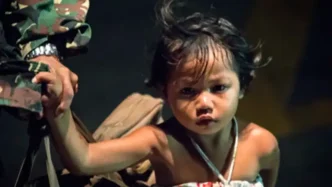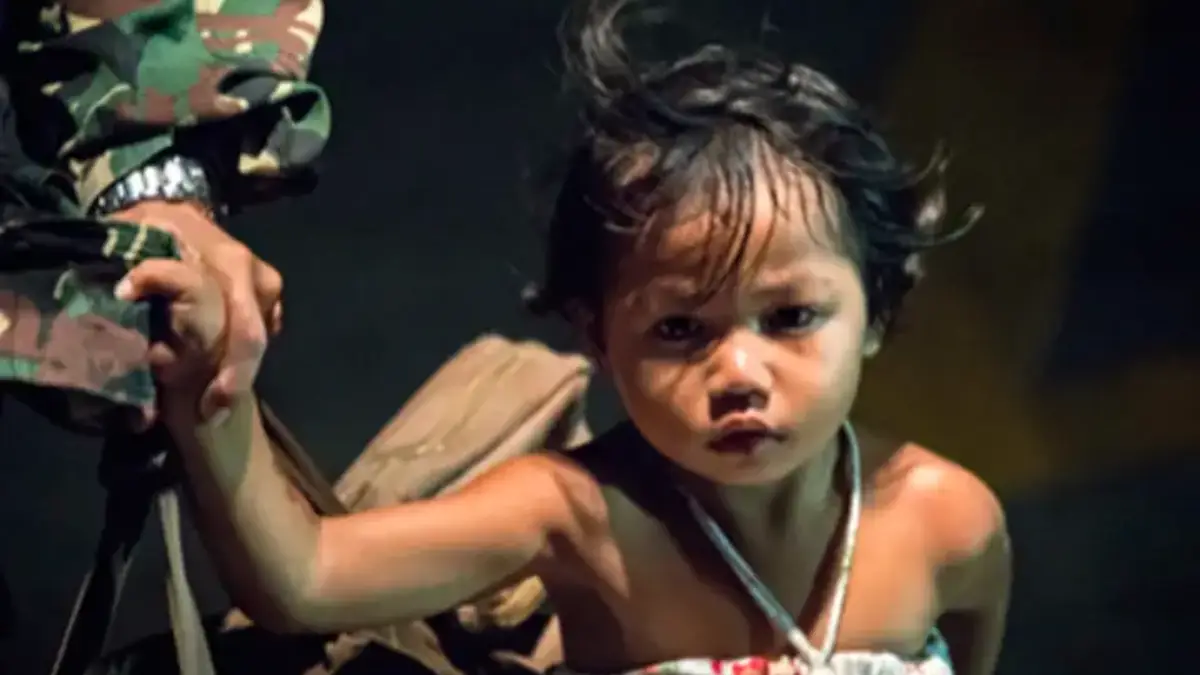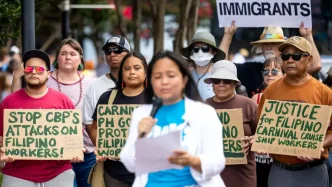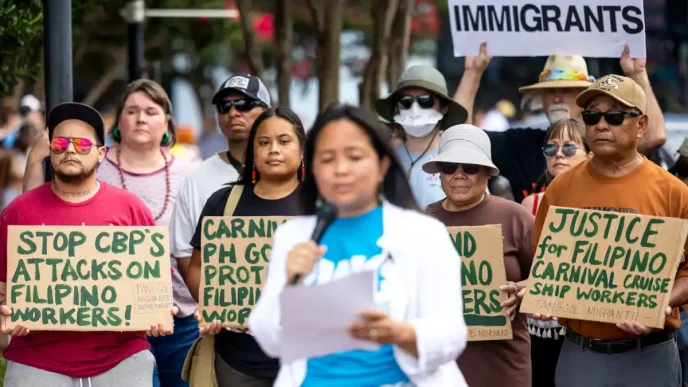In the Philippines, human trafficking remains a pervasive and insidious issue, with sexual exploitation leading as the most detected form of this modern-day slavery. According to the Department of Justice (DOJ), sex trafficking, particularly the online sexual abuse and exploitation of children (Osaec), overshadows other forms such as labor trafficking and illegal adoption in both prevalence and law enforcement focus. Despite legislative frameworks and international recognition for anti-trafficking efforts, challenges in enforcement, technology-driven exploitation, and victim identification continue to hinder progress.
A Grim Reality: Sex Trafficking Dominates
The numbers paint a stark picture of the trafficking crisis in the Philippines. Data from the Inter-Agency Council Against Trafficking (Iacat) reveals that in 2024, 890 victims were identified, with sex trafficking accounting for the majority at 545 individuals. This figure breaks down into 311 women, 167 girls, 46 men, and 21 boys. Labor trafficking followed with 345 victims, comprising 158 women, 23 girls, 147 men, and 17 boys. These statistics, drawn from the 2024 Trafficking in Persons Report by the US Department of State, underscore the gendered nature of exploitation, with women and girls disproportionately affected by sexual crimes.
Justice Undersecretary Nicholas Felix Ty emphasized the severity of the issue in a recent interview, noting that sex trafficking, especially Osaec, is the most prevalent form detected in the country. “The most prevalent here in terms of cases and detection is really sex trafficking—especially online sexual abuse and exploitation of children” Ty said on July 21, 2025. However, he also acknowledged the difficulty in gauging the full scope of the problem, describing trafficking as “a hidden crime” that often evades comprehensive tracking.
Convictions provide a glimpse into the judicial response. In 2024, Iacat reported that 153 individuals were found guilty of trafficking-related offenses. Of these, 110 convictions were for sex trafficking, with 43 specifically tied to Osaec. Labor trafficking accounted for 38 convictions, while illegal adoption made up the remaining five. These figures reflect a focused effort on prosecuting sex trafficking cases, yet the low ratio of convictions to identified victims suggests significant gaps in translating detection into accountability.
Technology: A Double-Edged Sword
The rise of digital platforms has exacerbated the trafficking crisis, particularly through the proliferation of online sexual abuse and fake job offers leading to labor exploitation. Ty highlighted how technology has facilitated these crimes, enabling perpetrators to operate with anonymity and reach vulnerable individuals across borders. Yet, holding internet intermediaries accountable remains a formidable challenge for Philippine authorities.
Justice Assistant Secretary Dominic Clavano IV pointed to existing legal frameworks that outline the responsibilities of online platforms in combating trafficking. However, implementation lags. “We believe the law isn’t being fully implemented. It’s as if the letter of the law and its rules are being ignored” Clavano stated on July 21, 2025. He cited bureaucratic hurdles and the international nature of tech companies as barriers to enforcement, noting that these entities often resist government pressure and withhold critical information needed for investigations.
Clavano proposed a solution akin to the banking sector’s Know Your Customer protocols, suggesting that social media platforms should implement robust identity verification systems. “That’s where the danger lies. When someone uses a fake identity or is a completely made-up persona, that’s when our fellow Filipinos fall victim” he explained. Such measures could help trace perpetrators and protect users, but cooperation from global tech giants remains elusive.
Defining Modern-Day Slavery
Under Philippine law, trafficking is characterized by three core elements: acts, means, and purpose. Ty elaborated that acts of trafficking extend beyond physical transportation or harboring of victims; even employing someone under coercive or exploitative conditions can constitute trafficking. The means employed by traffickers often include force, threats, intimidation, coercion, or fraud to secure a victim’s compliance. The purpose, meanwhile, typically falls into categories like sex trafficking, labor trafficking, or organ trafficking, though nuances exist within each.
“Those vulnerabilities can come in many forms. Usually it’s poverty, or sometimes it can be minorities in age, or being part of a minority group. Disability can be a form of vulnerability” Ty added on July 21, 2025. This exploitation of vulnerabilities—whether economic, social, or physical—lies at the heart of trafficking, targeting those least equipped to resist.
Barriers to Detection and Rescue
Efforts to combat trafficking face significant logistical and systemic obstacles. Since 2020, Iacat’s dedicated 1343 hotline has fielded thousands of reports, yet only a fraction result in actionable cases. In 2024, the hotline recorded 1,888 calls, but just 52 were verified as trafficking incidents, assisting a mere 22 victims. This discrepancy highlights the difficulty of substantiating claims and the need for enhanced public awareness to encourage accurate reporting.
At the borders, the Bureau of Immigration plays a critical role in prevention. In 2024, it barred 137 registered sex offenders from entering the country and deferred the departure of 29,776 Filipino passengers out of over 8.49 million due to incomplete or fraudulent travel documents. Such measures aim to intercept potential victims before they fall into exploitative situations abroad, where rescue becomes exponentially more complex.
Clavano stressed the importance of training front-line immigration officers to spot signs of trafficking. “They’re more vulnerable there—imagine being outside your own country. They no longer have the protections of their home government” he said on July 21, 2025. Overseas rescues strain resources and often rely on host countries’ cooperation, which is not always forthcoming, leaving victims in prolonged danger.
Public Education as a Defense
Both Ty and Clavano underscored the necessity of public education to combat trafficking at its roots. Many Filipinos remain unaware of the red flags associated with scams or illegitimate job offers, particularly on platforms like Facebook. “You need to understand what the crime is in order to detect it … That’s the first step—to identify red flags” Clavano noted on July 21, 2025. By equipping citizens with the knowledge to protect themselves, authorities hope to reduce victimization rates and empower communities to report suspicious activities.
Iacat has also ramped up surveillance and screening at entry and exit points, complementing awareness campaigns. These multi-pronged efforts reflect a recognition that law enforcement alone cannot dismantle trafficking networks; prevention through education and vigilance is equally vital.
International Recognition and Persistent Gaps
The Philippines maintained its Tier 1 ranking in the 2024 US Department of State’s Trafficking in Persons Report, indicating full compliance with minimum standards to combat trafficking. This status acknowledges the country’s legal and operational frameworks, yet the report and local officials alike recognize that significant challenges persist. The hidden nature of the crime, compounded by technological advancements and international jurisdictional issues, means that even Tier 1 status does not equate to eradication.
The focus on Osaec and sex trafficking, while necessary given their prevalence, may also divert resources from other forms like labor trafficking, which affects hundreds annually. Balancing enforcement across all trafficking types remains a policy dilemma, as does the need to strengthen international partnerships with tech companies and foreign governments to address cross-border exploitation.
Looking Ahead: A Call for Systemic Change
As the Philippines grapples with the scourge of human trafficking, the path forward demands a blend of innovation, accountability, and education. Legal frameworks exist, but their enforcement against elusive online perpetrators and uncooperative tech giants requires new strategies. Public awareness must expand to reach the most vulnerable, while immigration and law enforcement capacities need bolstering to prevent victims from slipping through the cracks—whether at home or abroad.
The fight against this hidden crime is far from over. With sex trafficking and Osaec dominating the landscape, the question remains: can the Philippines bridge the gap between policy and practice to protect its most vulnerable citizens? Only time, and sustained commitment, will tell.
















